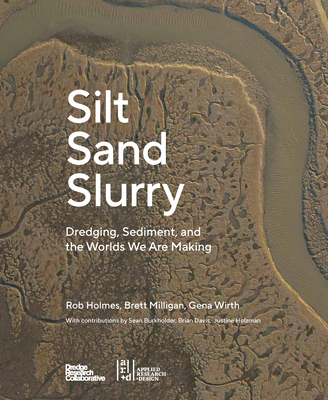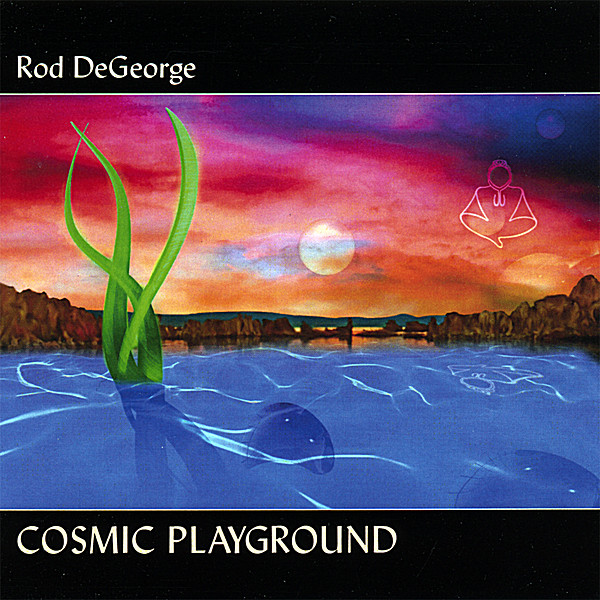
Collaborative, The Dredge Research
product information
description
a visually rich investigation into where, why, and how sediment is central to the future of America's coasts.
Sediment is an unseen infrastructure that shapes and enables modern life. Silt is scooped from sea floors to deepen underwater highways for container ships. It is diverted from river basins to control flooding. It is collected, sorted, managed, and moved to reshape deltas, marshes, and beaches. Anthropogenic action now moves more sediment annually than 'natural' geologic processes -- yet this global reshaping of the earth's surface is rarely-discussed and poorly-understood.In four thematic text chapters, four geographic visual studies, and a concluding essay, we demonstrate why sediment matters now more than ever, given our contemporary context of sea level rise, environmental change, and spatial inequality. We do this through a documentation of the geography of dredging and sediment on the four coasts of the continental United States. The book explores the many limitations of current sediment management practices, such as short-sighted efforts to keep dynamic ecosystems from changing, failure to value sediment as a resource, and inequitable decision-making processes. In response to these conditions, we delineate an approach to designing with sediment that is adaptive, healthy, and equitable.
Sediment is an unseen infrastructure that shapes and enables modern life. Silt is scooped from sea floors to deepen underwater highways for container ships. It is diverted from river basins to control flooding. It is collected, sorted, managed, and moved to reshape deltas, marshes, and beaches. Anthropogenic action now moves more sediment annually than 'natural' geologic processes -- yet this global reshaping of the earth's surface is rarely-discussed and poorly-understood.In four thematic text chapters, four geographic visual studies, and a concluding essay, we demonstrate why sediment matters now more than ever, given our contemporary context of sea level rise, environmental change, and spatial inequality. We do this through a documentation of the geography of dredging and sediment on the four coasts of the continental United States. The book explores the many limitations of current sediment management practices, such as short-sighted efforts to keep dynamic ecosystems from changing, failure to value sediment as a resource, and inequitable decision-making processes. In response to these conditions, we delineate an approach to designing with sediment that is adaptive, healthy, and equitable.
member goods
No member items were found under this heading.
Return Policy
All sales are final
Shipping
No special shipping considerations available.
Shipping fees determined at checkout.







